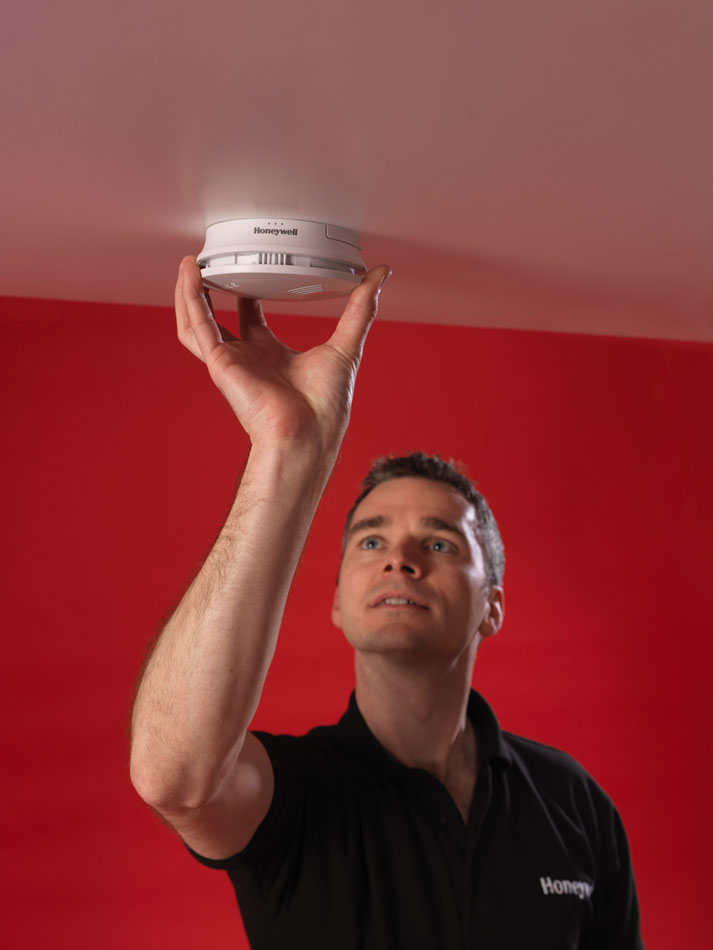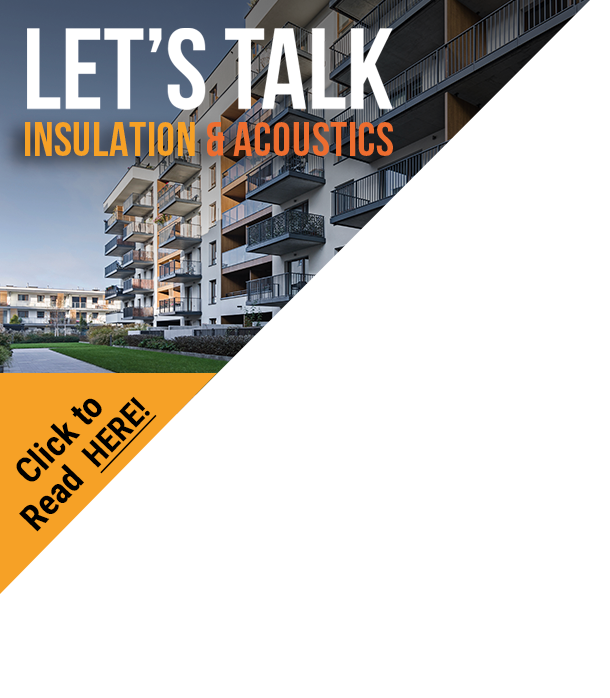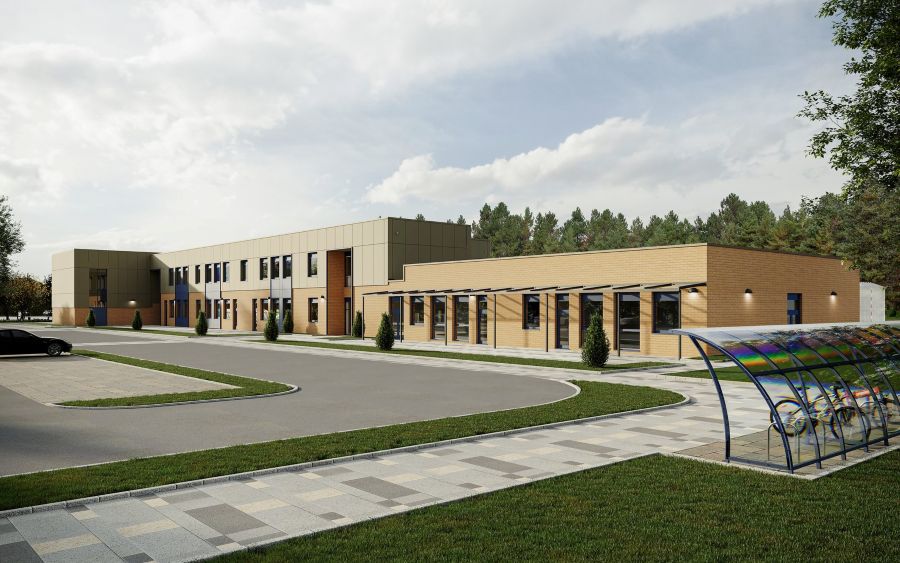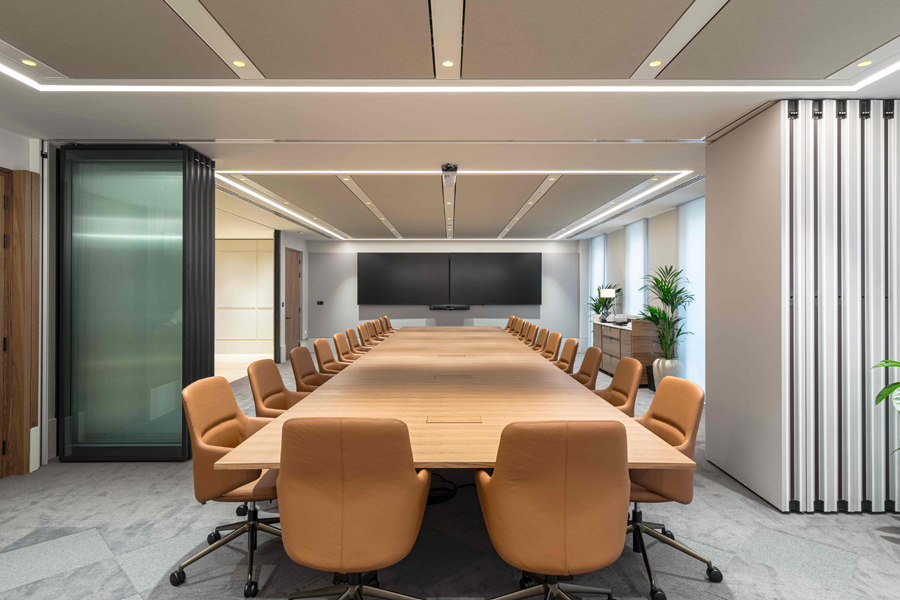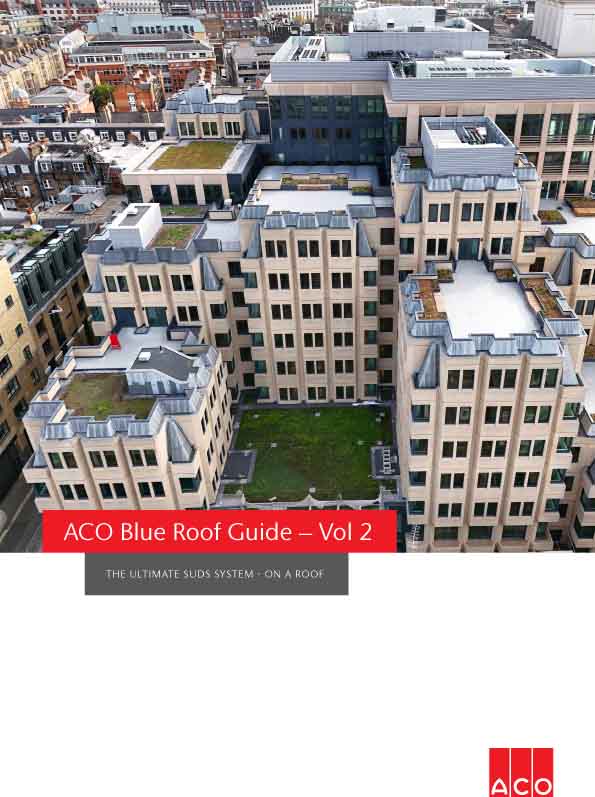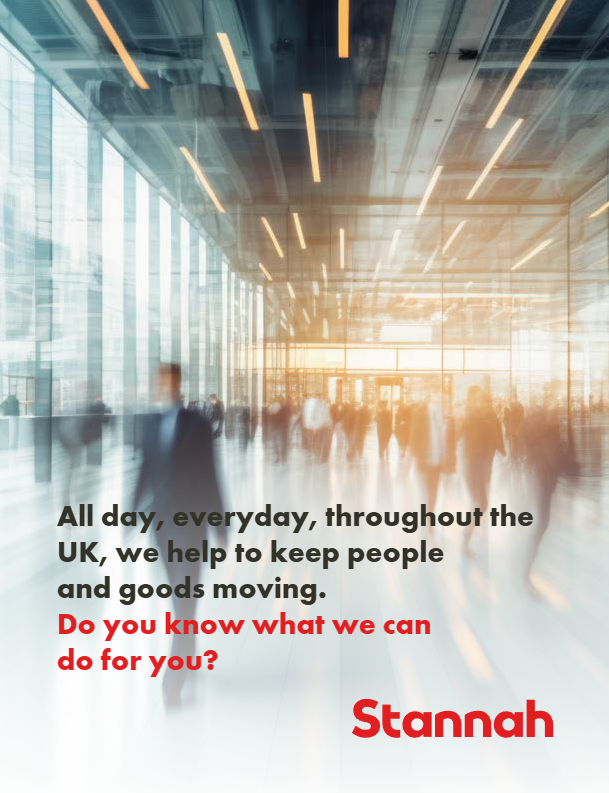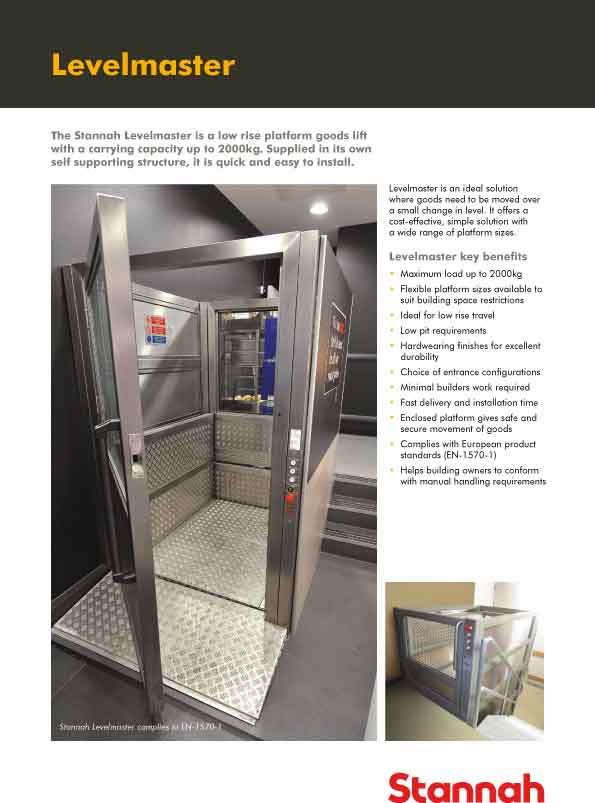When you’ve got multiple people living in one building, different processes are required to ensure everyone is alerted in the event of a fire or carbon monoxide (CO) leak. With this in mind, specifiers need to be aware of the most effective alarms available and where best to site them. Adrian Keats from Honeywell’s Home Safety Business explains more.
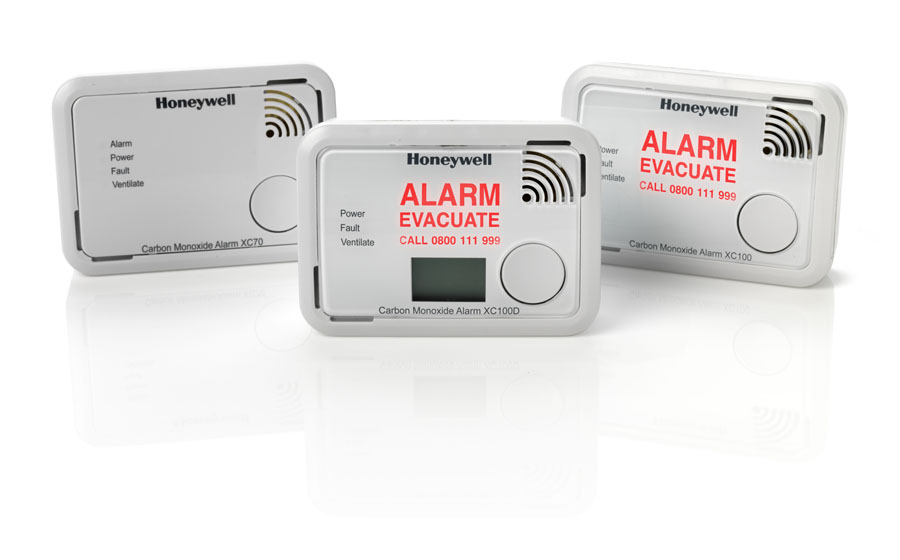
Unfortunately, fire and CO safety in residential tower buildings is never out of the spotlight for long. Whether it is through the unveiling of new blocks of flats, or because of high-profile cases such as the tragic Lakanal tower block fire in 2009, which caused the death of six people.
2 In October 2015, in order to help combat incidences such as this, the government introduced new smoke and CO regulations for landlords. According to regulation, landlords must install a smoke alarm on every floor of each property, along with a CO alarm in rooms containing a solid fuel burning appliance. Non-compliance will result in a £5,000 fine, and although no price can be put on the cost of a life, it is hoped that this financial penalty is a great enough deterrent against failing to install the relevant products.
Throughout various iterations of safety standards, the level of safety provided for those living in high rise buildings has always been intended to equate to that of those living in houses. The key here is ensuring that there are processes in place so residents are alerted to any danger quickly.
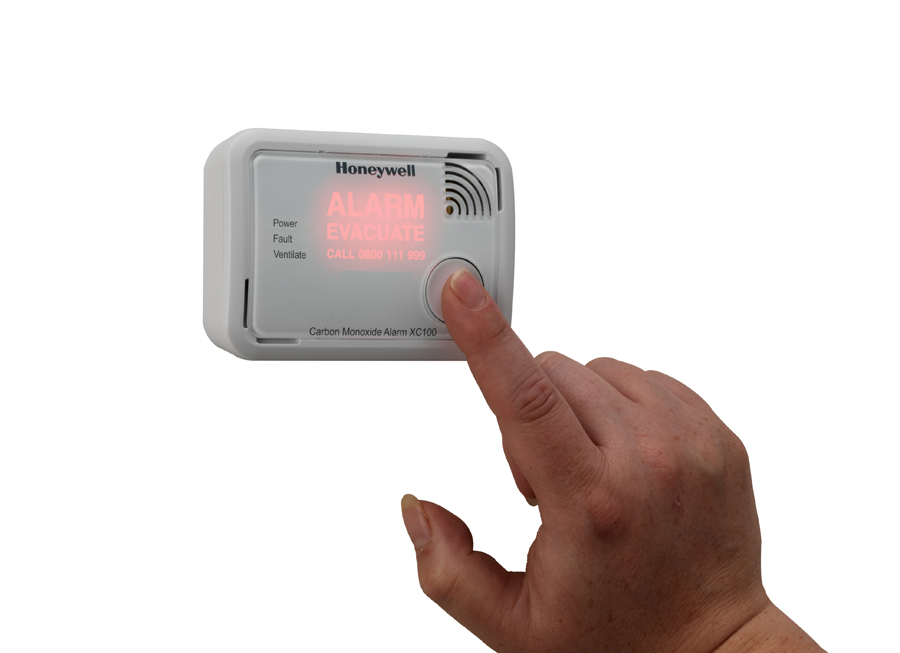
This presents a challenge. Alerting an entire building to a problem that initially developed in an individual flat, and not just the immediate tenants and their neighbours, is vital. This is especially problematic when we consider that those on higher floors cannot use lifts in a fire emergency, therefore limiting their means of escape.
It’s for this reason that interconnected alarm systems are becoming increasingly popular in high rises. An interconnected system means that every smoke, heat and CO alarm in the building is linked, and if one is triggered, all of the others will also activate. This ensures that every occupant is alerted to the danger no matter where in the building they are.
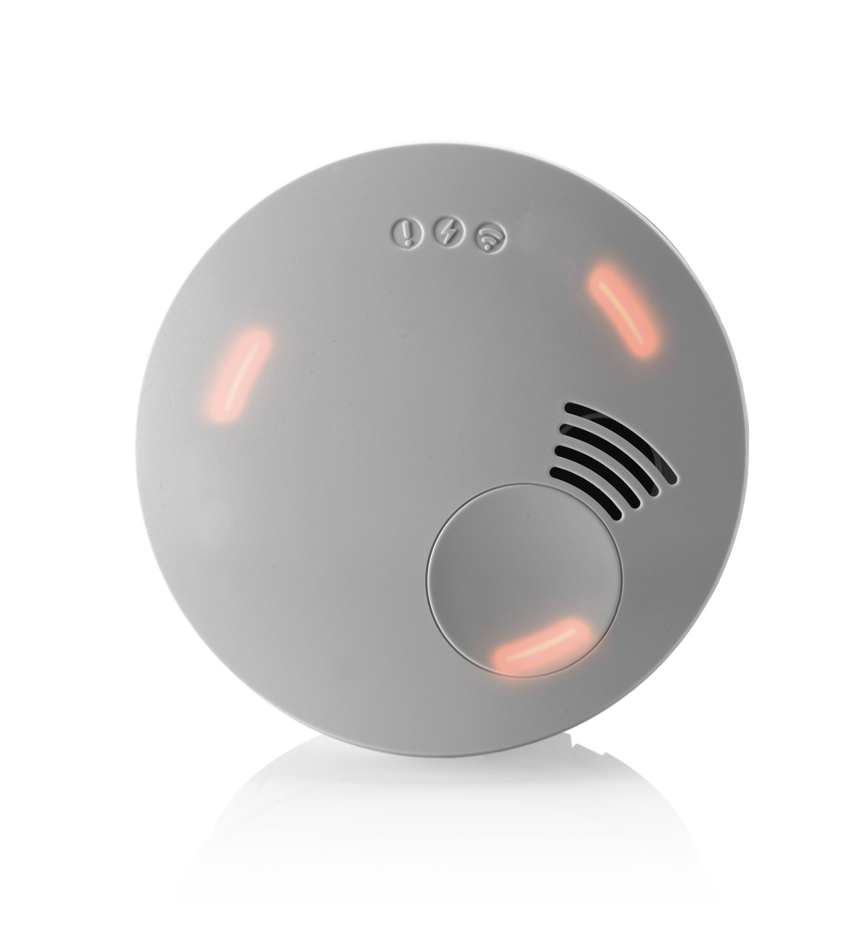
Honeywell’s wireless system, for example, uses a flood type network; ensuring interconnected alarms send and receive information from each alarm in the network. Therefore the time taken for every alarm to sound is significantly reduced, allowing more time to evacuate in an emergency.
Wired connected systems are also available on the market. Wireless systems which incorporate high-quality, sealed units are just as reliable as wired variations, especially if the alarms can be locked to the wall for protection against damage or tampering.
Last year, Southwark Council officially introduced wireless interconnected fire alarms following the wake of the Lakanal House fire of 20093and it seems likely that others will follow this example.
With such a wide range of requirements to address, the key is to be aware of the best products available and to understand their applications. This will help safeguard high rise buildings and ultimately, save lives.
For more information on Honeywell smoke, heat and CO alarms, please visit http://www.homesafety.honeywell.com/.
